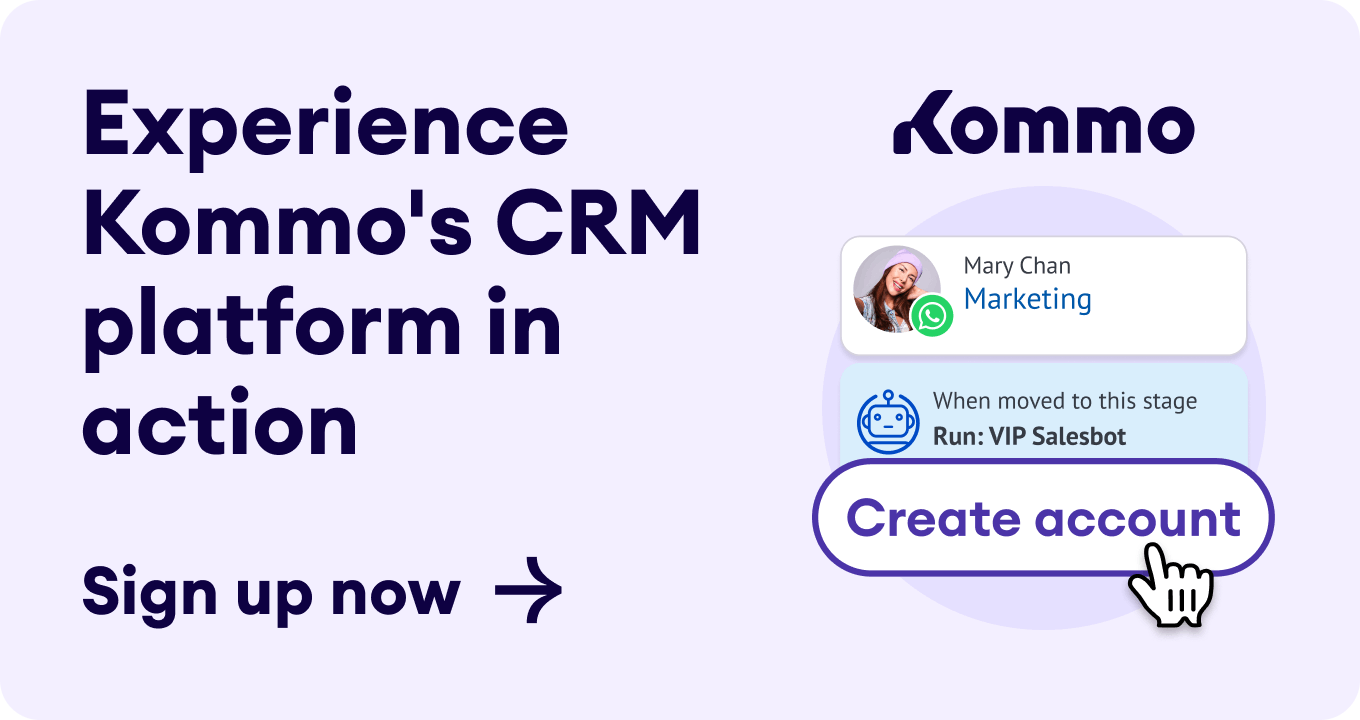
Forgot password
Check your email
We’ve emailed you instructions for resetting your password.
Don't forget to check your spam folder.
Create new password
Nicely done!
Your password has been changed succesfully.
2-step verification
Enter the 6-digit code we sent to
Start your 14-day trial
You’ll get full access to all features and 10GB storage. No credit card required.
Start your 14-day trial
You’ll get full access to all features and 10GB storage. No credit card required.
Select an account
How to start a business
Measuring performance in business: a step-by-step guide
4 min.

Vlad Alexeyenko
Contents
Generate more leads
No credit card required
Share this post
X (Twitter)
Telegram
Copy link

Vlad Alexeyenko
Try Kommo free
Get Kommo free for 14 days
Get Kommo free for 14 days
Test drive Kommo yourself or schedule a free demo call with us
Test drive Kommo yourself or schedule a free demo call with us



